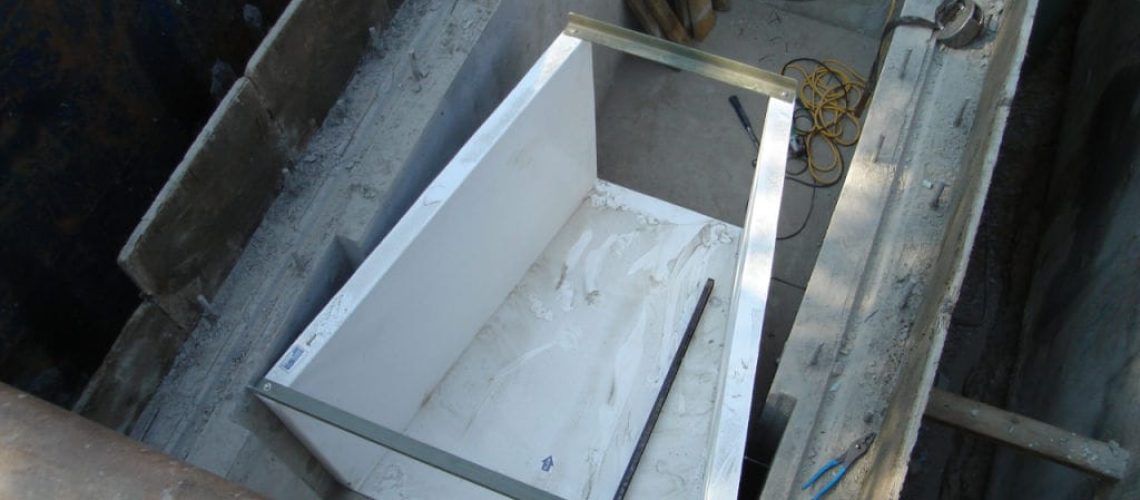With so many different flume styles available, it can be difficult to determine which is the best for your unique needs. One that’s often overlooked is the Montana flume. This unique design has a lot to offer for a variety of different applications, and it just may be the flow rate measurement solution you’ve been looking for. Learn about the Montana flume basics, and discover whether or not it’s right for you.
Montana Flume Design
The Montana Flume Design is applicable in a variety of different scenarios largely due to the fact that it’s built off of the Parshall style, which is the most widely used style in the world. To understand what a Montana flume is like, think of a Parshall flume without the throat and discharge sections leaving only the tapering width approach section.
Because of the removal of the throat and discharge sections, the Montana is like a flat-bottomed Parshall, though it’s still sized by the width of the throat section. In the Montana’s case, however, that would be the narrow end. It’s important to remember that a Montana flume necessarily has the throat and the discharge section removed. If only the discharge section is removed, that’s a short-sectioned Parshall, which has far less research done on it.
Montana Flume Advantages
When you opt for a Montana flume, you’ll find quite a few distinct advantages that will make your flow rate measurement efforts much easier. Arguably the most essential benefit is that it uses the same equations as the Parshall, and the Parshall is the most extensively researched flume style in the world. Montana flume has some advantages over the Parshall flume, though, such as a shorter lay length and its flat bottom design.
The initial cost of any kind of flume can be quite serious, but Montana flumes tend to be on the more affordable side. This is because their smaller size requires less raw material to manufacture. Plus, the ease of its fabrication if you opt for material like fiberglass makes fabrication relatively trivial. Plus, these flumes are compatible with standard Parshall inlet end adapters.
Montana Flume Disadvantages
Before you decide on the Montana flume, it’s important to be aware of its disadvantages. While it can be the perfect option for quite a few different flow channel conditions, it’s not always the top option. For example, it’s not as well known as the Parshall flume, so you may have operator errors if they haven’t used this kind of design before.
The most impactful disadvantage of the Montana flume is its free spilling discharge requirements. You can account for submergence in some cases with a Parshall flume, but the Montana flume offers no such convenience. You outright cannot correct for submergence at all, so you have to be sure your downstream conditions are always going to allow for free-spilling discharge regardless of the flow.
Montana Flumes from Tracom
After learning the Montana flume basics, you may be ready to get one of your own. That’s where Tracom can help. Our team will work with you to design a Montana flume that works well with your unique open channel flow conditions. Contact us today to get started!



